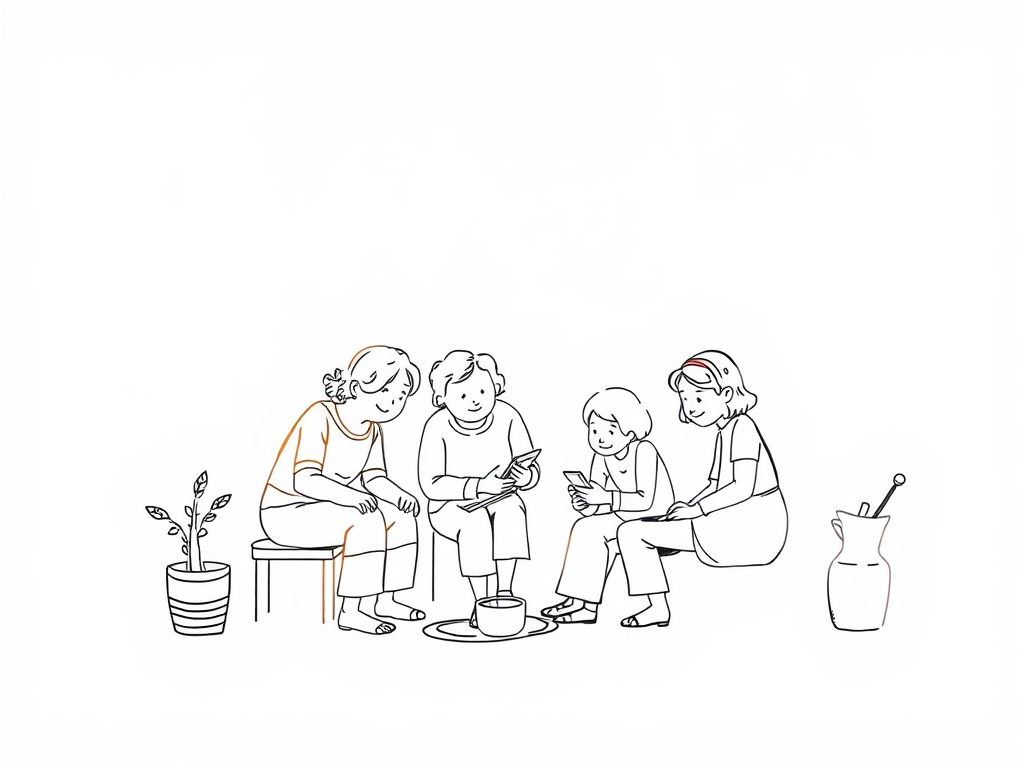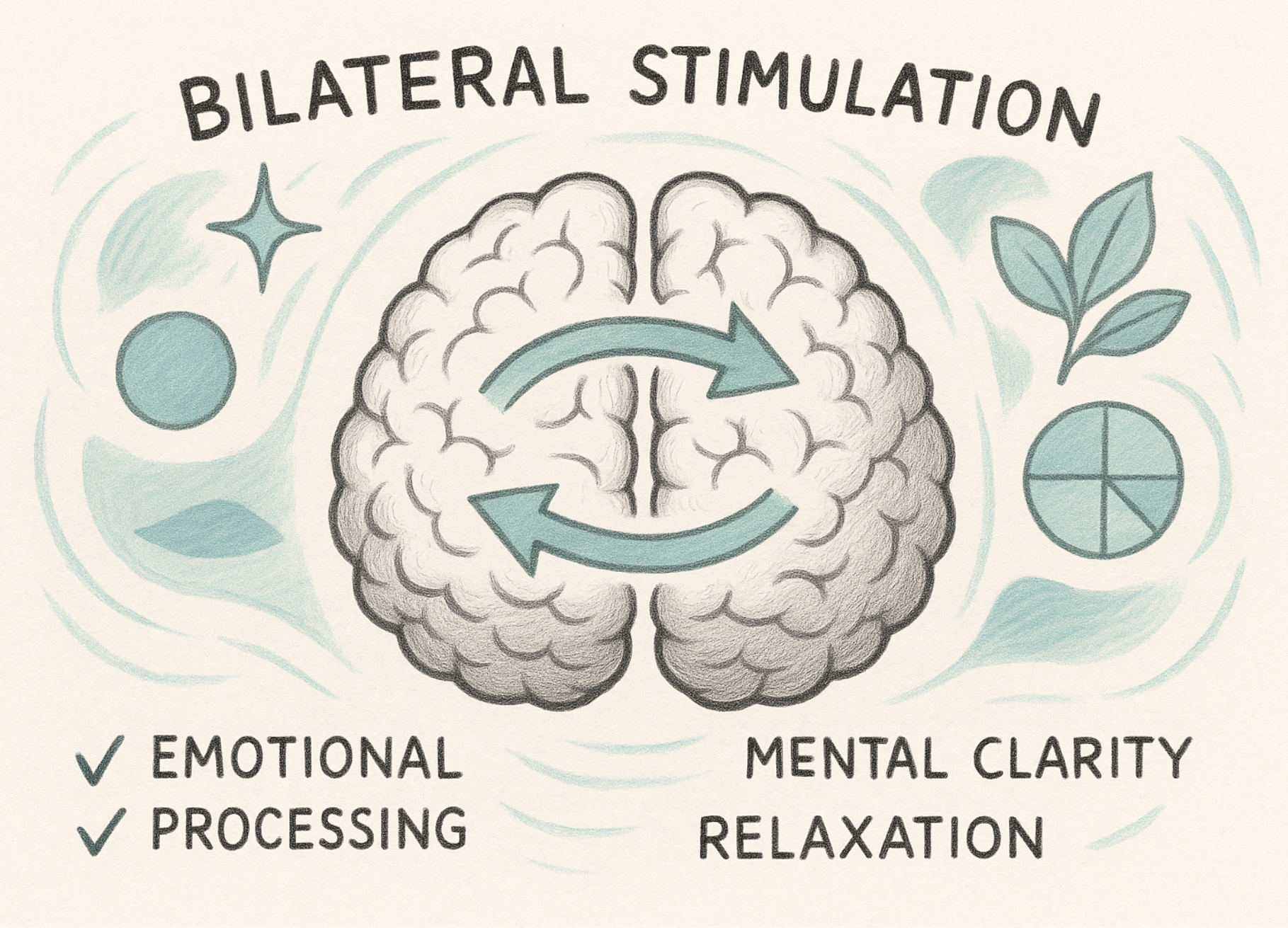
Art therapy emerged in the mid-20th century as a formal discipline, but its roots stretch back to ancient times when art was used for ritualistic and healing purposes. In recent decades, it has expanded significantly, finding applications in hospitals, schools, mental health clinics, and prisons worldwide. This growth reflects a broader acknowledgment of the arts’ power to augment psychological wellbeing.
The transformative potential of art therapy is often best understood through the personal stories of those who have engaged with this practice. Here are a few illustrative anecdotes that capture the diverse experiences of participants:
1. A Child’s Journey Through Trauma:
Consider the experience of a young boy named Alex, who entered art therapy after experiencing a traumatic event. Initially hesitant to speak about what had happened, Alex found comfort in drawing. Over several sessions, his artwork transitioned from chaotic and dark imagery to more structured and vibrant compositions. Art therapy provided Alex with a non-verbal outlet to process his feelings, eventually enabling him to open up verbally about his experiences in a safe environment.
2. Healing After Loss:
Maria, an elderly woman grieving the loss of her spouse, found solace in art therapy at a senior community center. Initially, she struggled with overwhelming sadness and isolation. Through painting, Maria began to express her grief and memories visually. This creative process not only helped her navigate her emotions but also connected her with others in her group, fostering a sense of community and shared understanding.
3. Rebuilding Through Creation:
After a severe injury left him unable to continue his career, David, a former athlete, grappled with identity loss and depression. His art therapist introduced him to sculpture, which allowed him to channel his frustration and rebuild his sense of self-worth. The tactile nature of working with clay became a metaphor for reconstructing his life, and his emerging skills offered a newfound sense of achievement and purpose.
4. Overcoming Anxiety:
Sara, a teenager struggling with severe social anxiety, found verbal communication challenging. Through art therapy, she discovered that abstract painting allowed her to externalize her internal chaos without the constraints of words. Over time, Sara gained confidence in her artistic expression, which translated into increased self-assurance in social situations.
These stories highlight the adaptive nature of art therapy, demonstrating how it can be tailored to meet the unique needs of individuals across different life stages and circumstances. Each anecdote underscores the power of art as a medium for healing, revealing inner worlds and opening pathways to recovery and growth.
Mechanisms of Impact:
Art therapy operates on several levels—cognitively, emotionally, and socially. It provides individuals with a safe space for self-expression through mediums like painting, drawing, and sculpting. This creative process can enhance self-awareness, manage emotions, reduce anxiety, and improve overall mental health. These attributes enable art therapy to be effective for a diverse group of candidates, as it transcends traditional communication barriers and adapts to individual needs.
For children, especially those who find verbal expression challenging, art therapy offers an intuitive avenue for depicting thoughts and feelings that might otherwise remain unvoiced. Adolescents grappling with identity and self-esteem issues often find that artistic creation helps in articulating their inner turmoil and facilitates personal insight. For adults, particularly those experiencing stress, trauma, or mental health challenges, art therapy serves as a conduit for exploring complex emotions in a non-threatening manner.
Moreover, art therapy holds significant value for the elderly, providing cognitive stimulation and emotional support while combating isolation through shared creative experiences. Individuals with disabilities or neurodivergent conditions also benefit from the adaptable nature of art therapy, which respects and responds to varied cognitive and communicative abilities.
By offering a flexible and inclusive framework, art therapy effectively engages a wide spectrum of participants, fostering healing and growth across diverse populations. Such adaptability underscores its relevance and efficacy in contemporary therapeutic practices, affirming its role as a vital component of holistic mental health care.




Leave a Reply